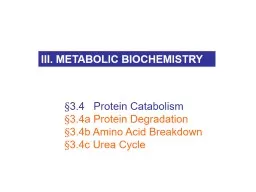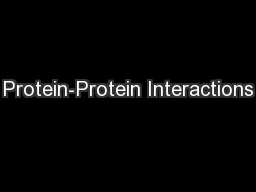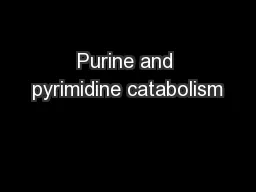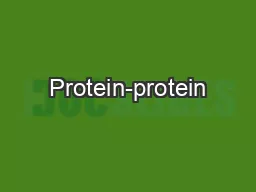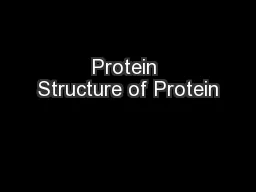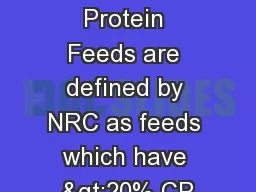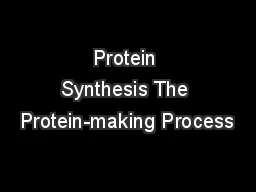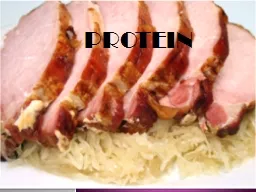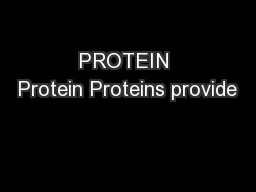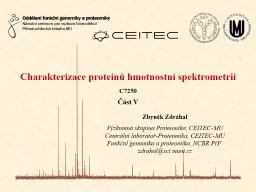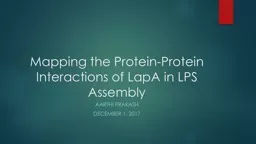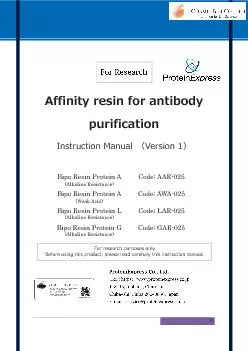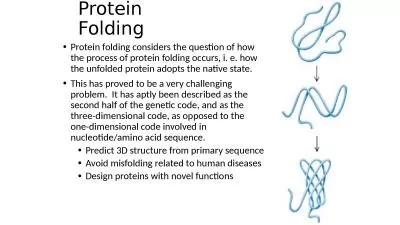PPT-§ 3.4 Protein Catabolism
Author : atomexxon | Published Date : 2020-06-17
34a Protein Degradation 34b Amino Acid Breakdown 34c Urea Cycle III METABOLIC BIOCHEMISTRY 34a Protein Degradation Synopsis 34a Dietary proteins are degraded
Presentation Embed Code
Download Presentation
Download Presentation The PPT/PDF document "§ 3.4 Protein Catabolism" is the property of its rightful owner. Permission is granted to download and print the materials on this website for personal, non-commercial use only, and to display it on your personal computer provided you do not modify the materials and that you retain all copyright notices contained in the materials. By downloading content from our website, you accept the terms of this agreement.
§ 3.4 Protein Catabolism: Transcript
Download Rules Of Document
"§ 3.4 Protein Catabolism"The content belongs to its owner. You may download and print it for personal use, without modification, and keep all copyright notices. By downloading, you agree to these terms.
Related Documents

